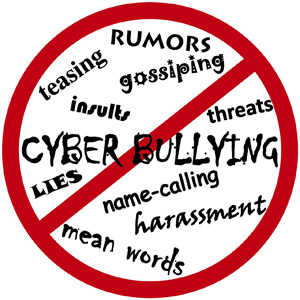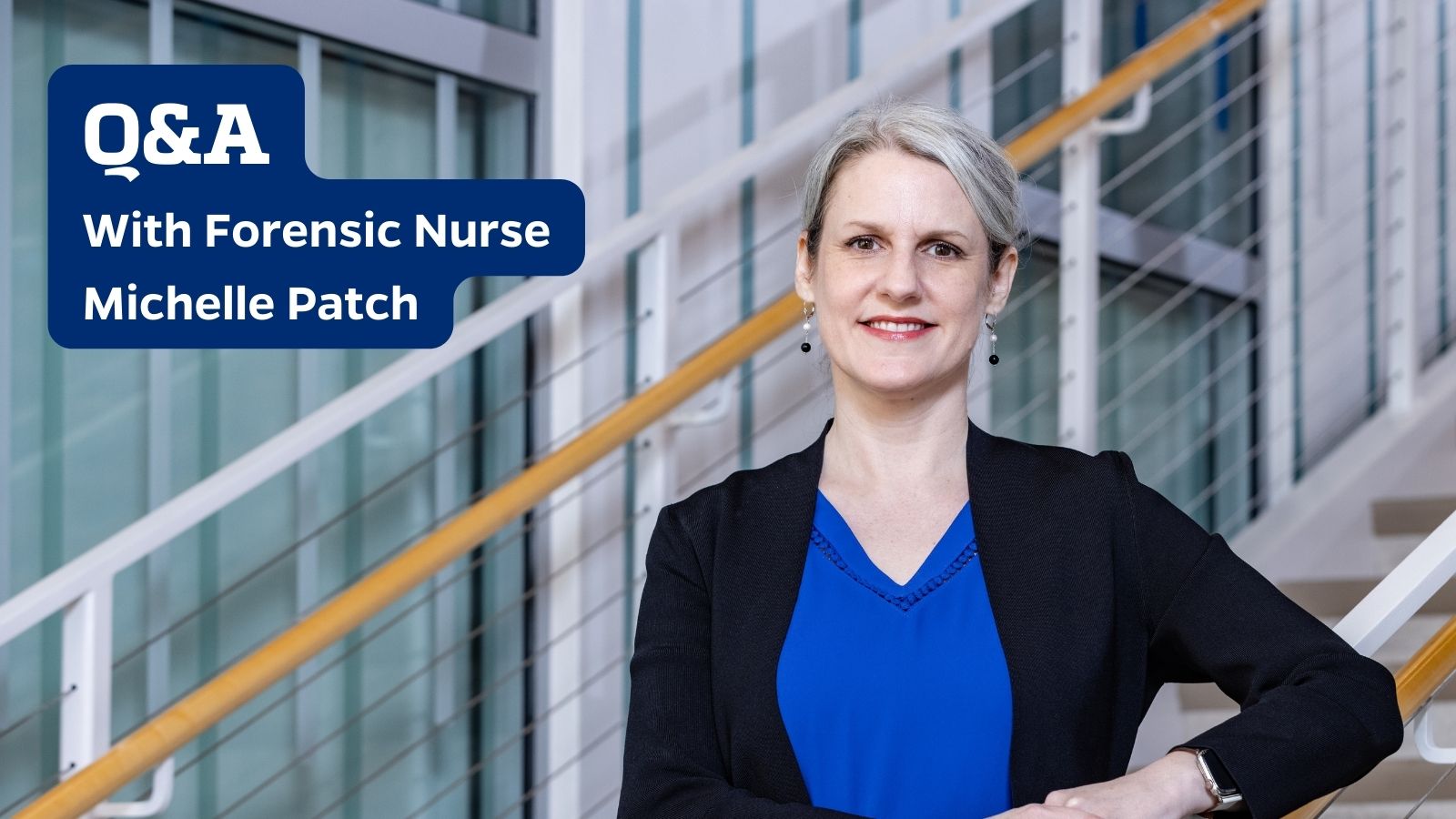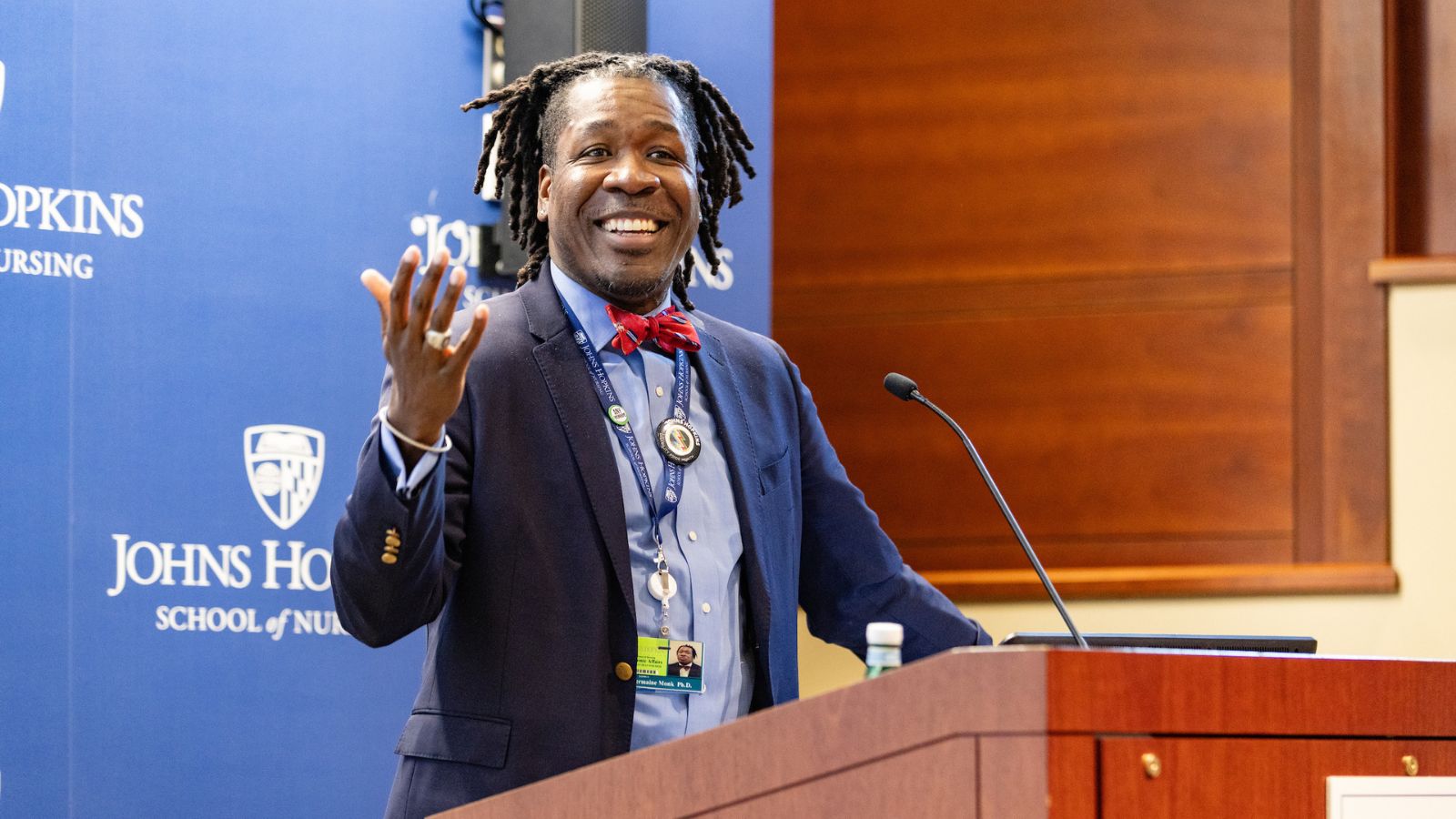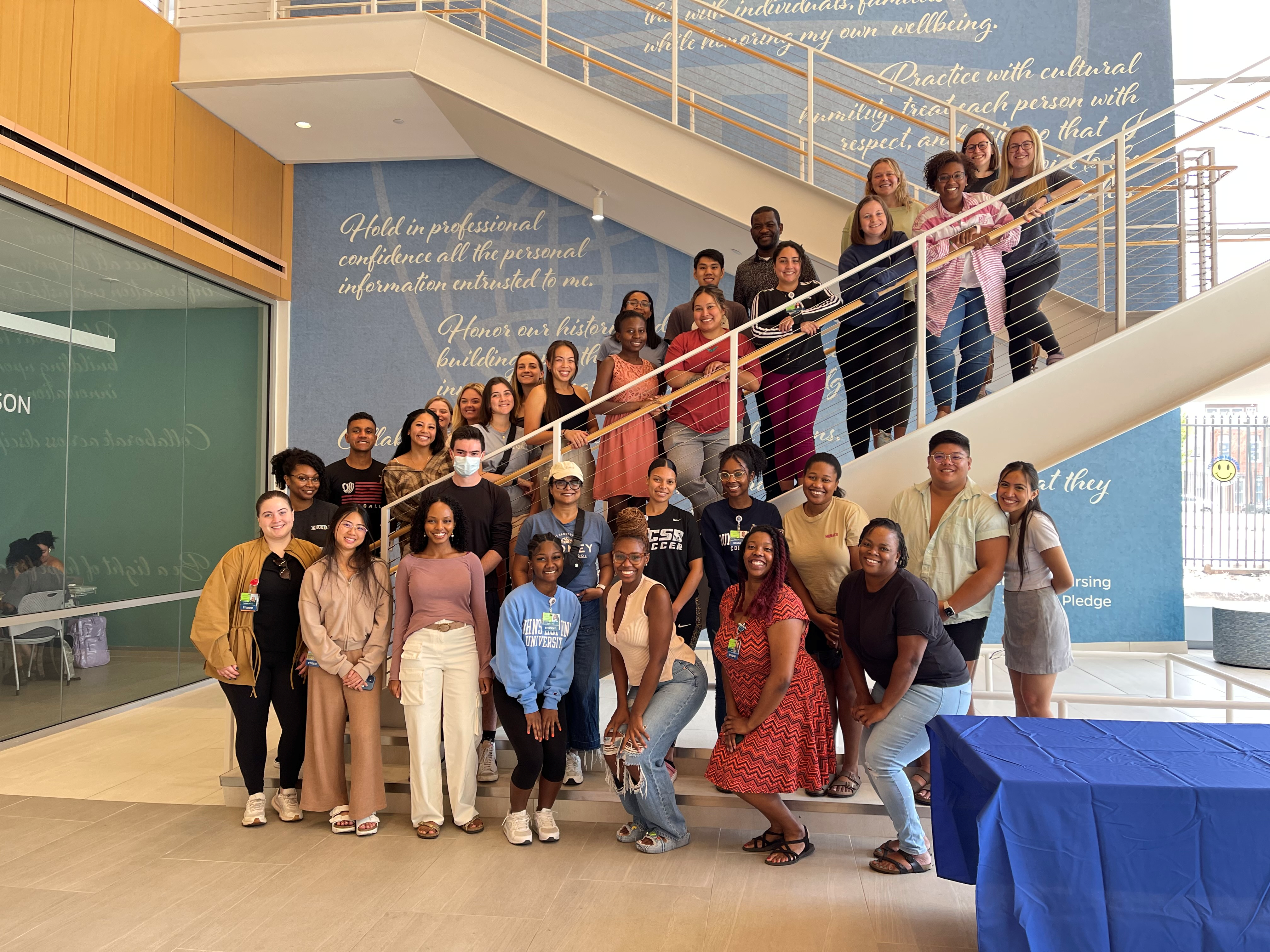I walked out of my Baltimore apartment on a Saturday morning in September. The sun was shining, the harbor looked fabulous, and I could not see a lot wrong in the world. I sat down for my breakfast and looked at the front page of the New York Times and I read a story that was heartbreaking.
It was the story of a 12-year-old girl who felt the need to take her own life as a result of torment and torture–not of a physical kind but mental torture.
Any parent dreads the loss of a child, but to have your child die as a result of cyberbullying is a trauma no one should have to endure. Cyberbullying is a form intimidation and humiliation that takes place using electronic technology. Examples of cyberbullying can include mean text messages or emails and rumors sent by email or posted on social networking sites. October is Bullying Awareness Month, and this year in Maryland it brought with it Grace’s Law, which makes it a crime to use social media, like Twitter or Facebook, to cause “serious emotional distress on a minor” or cause a minor to fear for his or her life or physical safety.
 This is great news, but how could this happen in the first place? How could our clever society, which has successfully tackled childhood diseases, let this menace grow and flourish? Well, bullying is not a new thing. Many of us have been the victim, and some of us perhaps the protagonist. But the potentially lethal nature of cyberbullying is an emerging concern and like all health and problems requires a strategic and innovative approach.
This is great news, but how could this happen in the first place? How could our clever society, which has successfully tackled childhood diseases, let this menace grow and flourish? Well, bullying is not a new thing. Many of us have been the victim, and some of us perhaps the protagonist. But the potentially lethal nature of cyberbullying is an emerging concern and like all health and problems requires a strategic and innovative approach.
This made me think–what is the role of nursing in addressing this concern? Nurses have worked in schools for decades and provided many a band-aid and provided immunization. They have played a valuable role. This story made me think about the need to increase preventive programs as well as monitoring for mental health. Children require skills to deal with these issues.
Commonly in budget cuts, these nursing roles are considered “nice to have” versus “need to have.” In a complex environment, schools provide a necessary sanctuary and source of support for both children and their parents. Nurses with expertise in mental health are required just as much as those with expertise in childhood illnesses.
This also made me think about the huge potential of the Henderson-Hopkins School as a model of partnership between community, health, and education. This new K-8 community school and early childhood center serving East Baltimore will use a holistic, personalized approach to learning.
This environment will provide fertile ground for developing collaborative models between health and education, and mental health will be as important as physical health.
Whenever I think of the useless loss of a young and vital life and the suffering of her family and friends, it reminds me of our role and responsibilities in society. Nurses are critical in developing interventions and also supporting professionals in a range of settings to improve not just physical health but social outcomes. These are not separate but inextricably linked.
I look forward to supporting the Henderson-Hopkins School and celebrate the wisdom, energy, and support of those with the vision to enact this partnership.

 Forging Policy: How Can Doulas Improve Black Maternal Health?
Forging Policy: How Can Doulas Improve Black Maternal Health? Q & A With Forensic Nurse, Michelle Patch
Q & A With Forensic Nurse, Michelle Patch Dr. Robert Atkins, Anna D. Wolf Endowed Professor
Dr. Robert Atkins, Anna D. Wolf Endowed Professor Forging Policy: Associate Dean Jermaine Monk and Education After Affirmative Action
Forging Policy: Associate Dean Jermaine Monk and Education After Affirmative Action The Learning Collaborative: ‘I Think I Can, I Think I Can …’
The Learning Collaborative: ‘I Think I Can, I Think I Can …’






